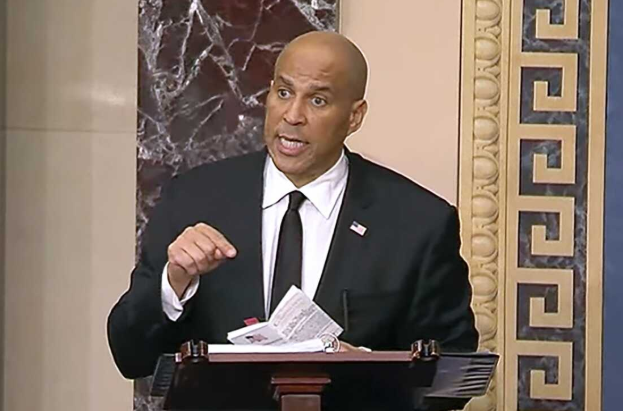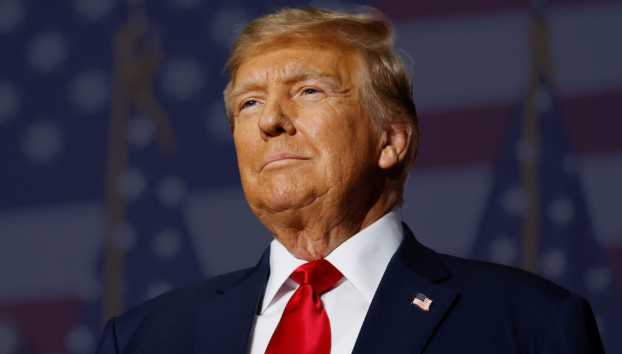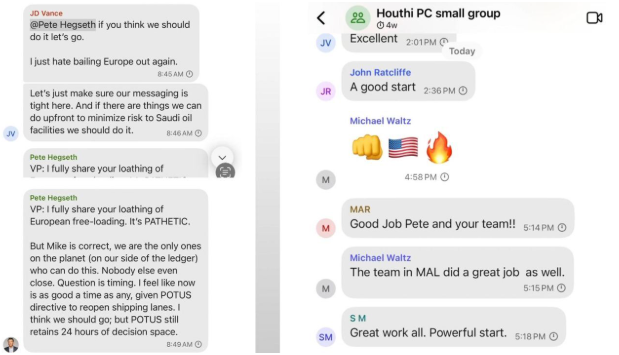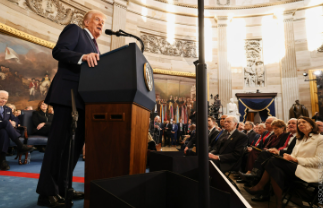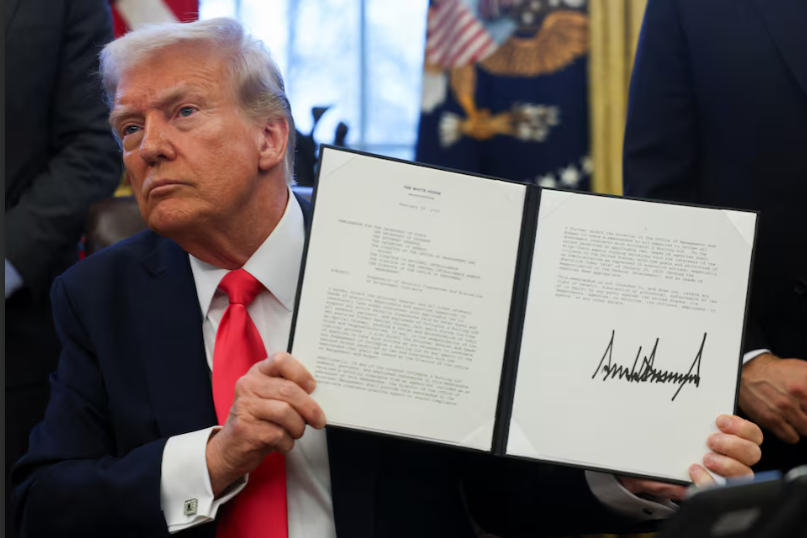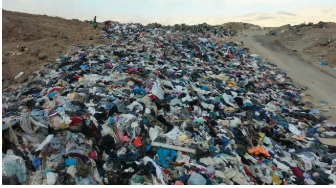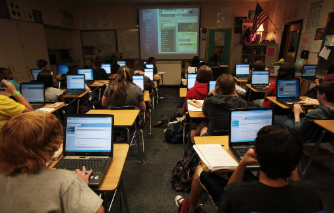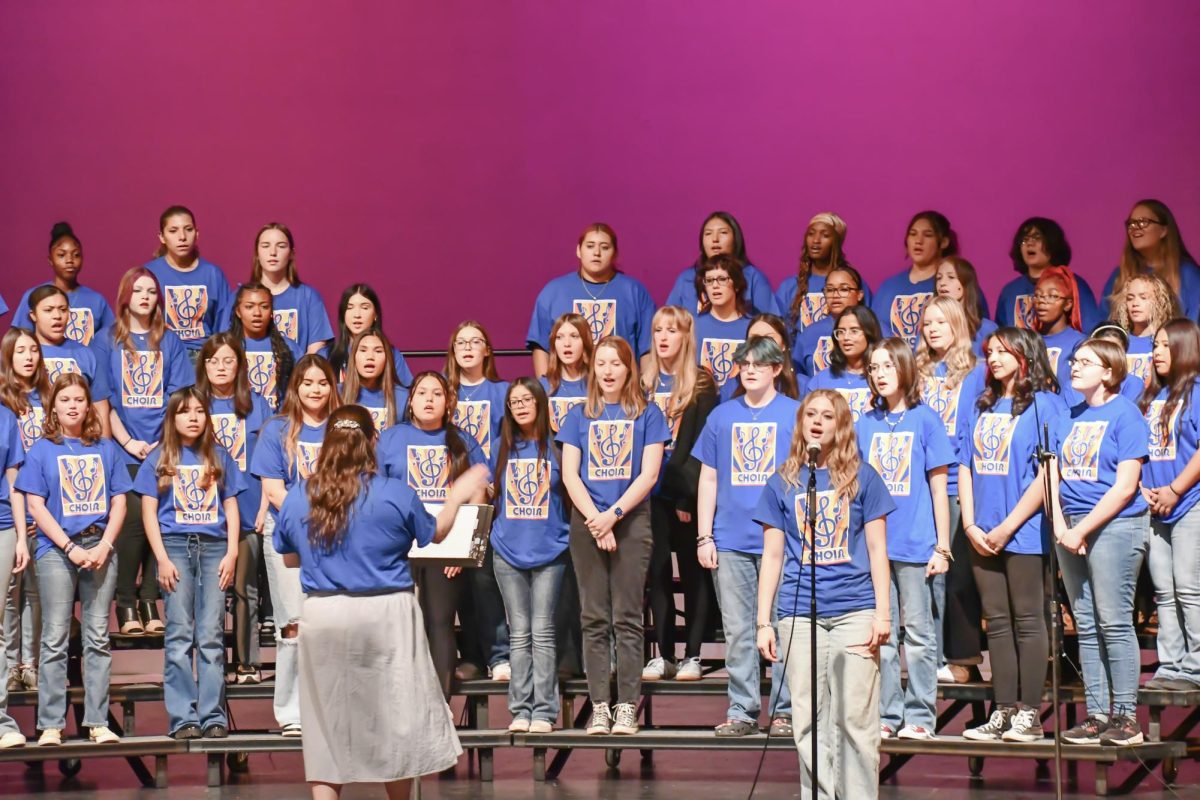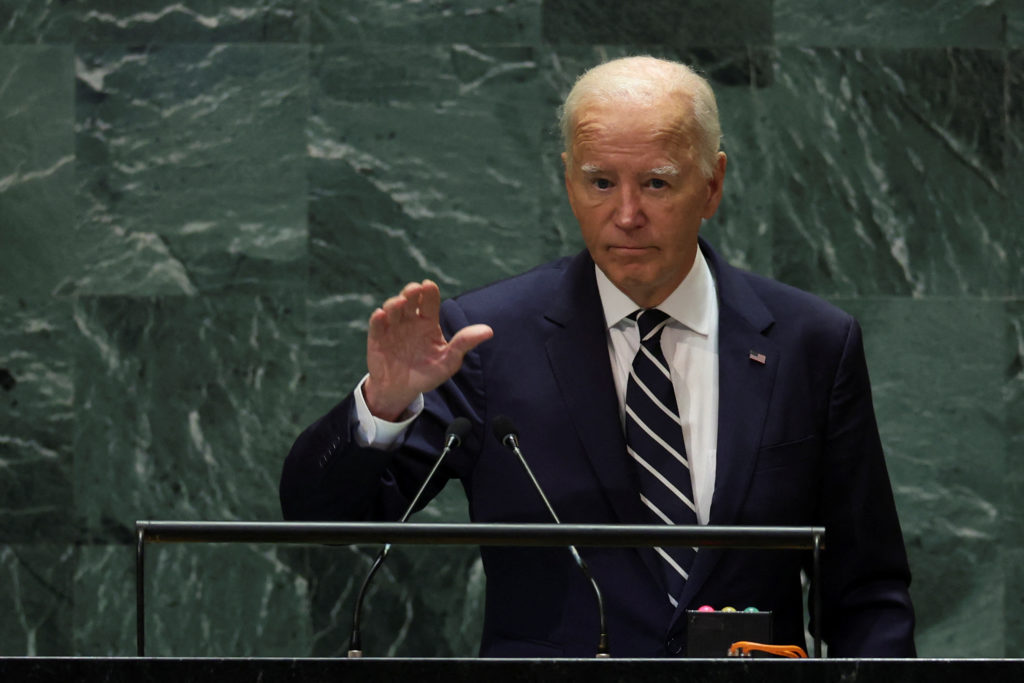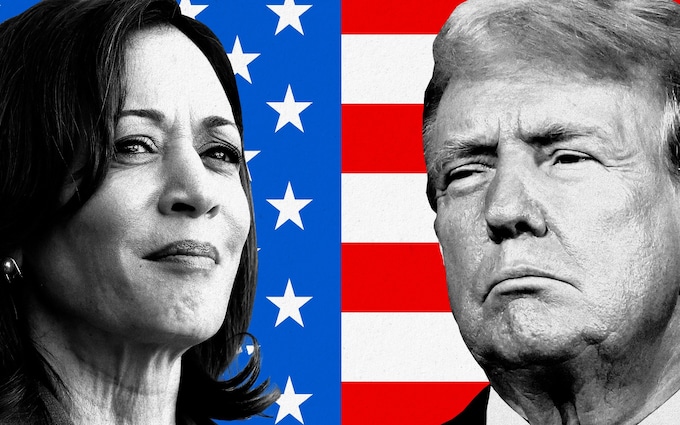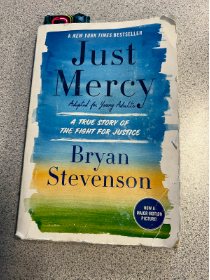After being convicted of over 30 felonies in 2024, Donald Trump is back in the White House for his second presidential term.
He has signed over 112 executive orders with many of those being signed the day of his inauguration. Trump’s plans highlight a strong focus on immigration and cultural policies. His aggressive approach includes mass deportations and enhanced border security, which he claims are necessary to address illegal immigration and national security concerns. These policies involve ending asylum for illegal border-crossers and stricter screening of visa applicants.
While these measures aim to enforce the law, they often break up families, which is cruel and raises questions about broader societal impact, and risks disrupting industries that rely on immigrant labor. Immigrants and their allies across the country have protested on freeways and used social media to speak out against deportation raids. Protesters argue that these immigration actions disproportionately target Hispanics, despite the fact that Europeans and Asians are also immigrants. They contend that this isn’t truly about immigration, as it ignores the history of this land being stolen. Several protest signs have read “nobody is illegal on stolen land.” Trump has also signed an executive order to end birthright citizenship, which blatantly goes against the 14th amendmendment. Two federal judges have paused this order, according to PBS.
Trump also issued an executive order affirming the recognition of only two genders, a move that aligns with traditional views. However, it’s interesting that this was prioritized within the first week of his presidency, especially with so many more pressing issues to address, like the economy, an issue Trump spoke out about numerous times during his campaign. Gender definition diverts attention from the more immediate challenges the country faces. According to the White House’s website, the order is set to “defend women’s rights and protect freedom of conscience by using clear and accurate language and policies that recognize women are biologically female, and men are biologically male.” While the objective of this order makes sense, its language is hypocritical and ironic considering President Trump appointed three Supreme Court Justices that overturned Roe v. Wade, a decision that directly threatens, rather than defends, “women’s rights” every day.
A third executive order, which focuses on expanding educational opportunities for some American families, could be a beneficial move for those who want their children to receive education in line with their values. “Parents want and deserve the best education for their children. But too many children do not thrive in their assigned, government-run K-12 school,” claimed the White House on their website before adding that “geographically based school assignments exacerbate the cost of housing in districts with preferred schools, straining the finances of millions of American families sacrificing for their children’s futures.”
The order further suggests that “well-designed education-freedom programs improve student achievement and cause nearby public schools to improve their performance,” claiming that expanding school choice benefits not only private school access but also public school systems. By prioritizing education freedom, the order supports families in choosing the educational environment that aligns with their values if they have the financial capabilities.
Parents across the nation who have invested in a 529 education savings plan to prepare for their children’s college, will be able to “withdraw up to 10,000 tax-free per year … to cover public, private, or religious K-12 schooling costs,” according to the White House. However, Trump will have to call on congress to pass the School Choice Now Act before this order goes into effect.
Overall, while some of Trump’s executive orders may benefit certain groups, many raise ethical concerns or distract from issues that affect everyday Americans—especially students. At the high school level, concerns like rising lunch prices, underfunded classes, and college affordability feel far more urgent than debates over gender definitions or immigration raids. These executive orders might make headlines, but they do little to address the real struggles students and their families face every day.



